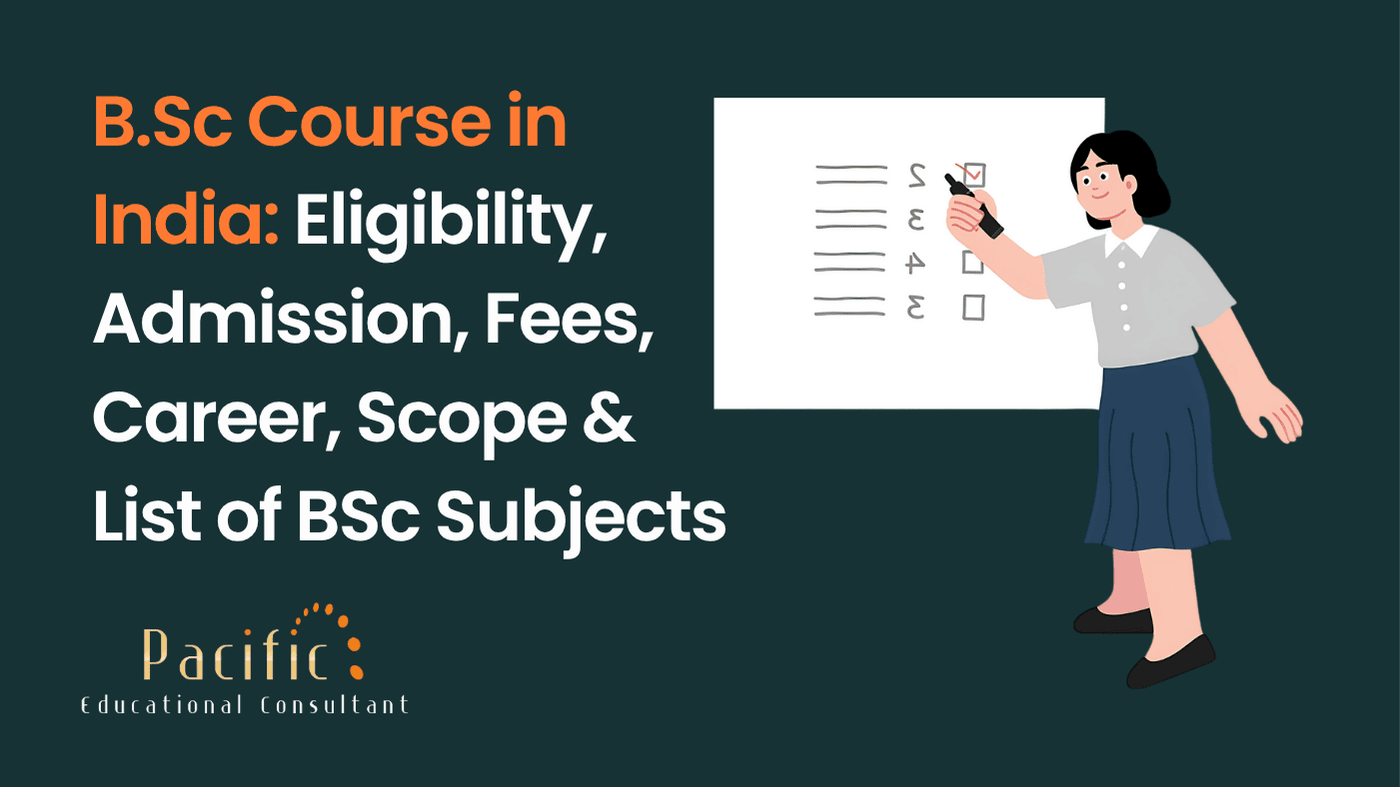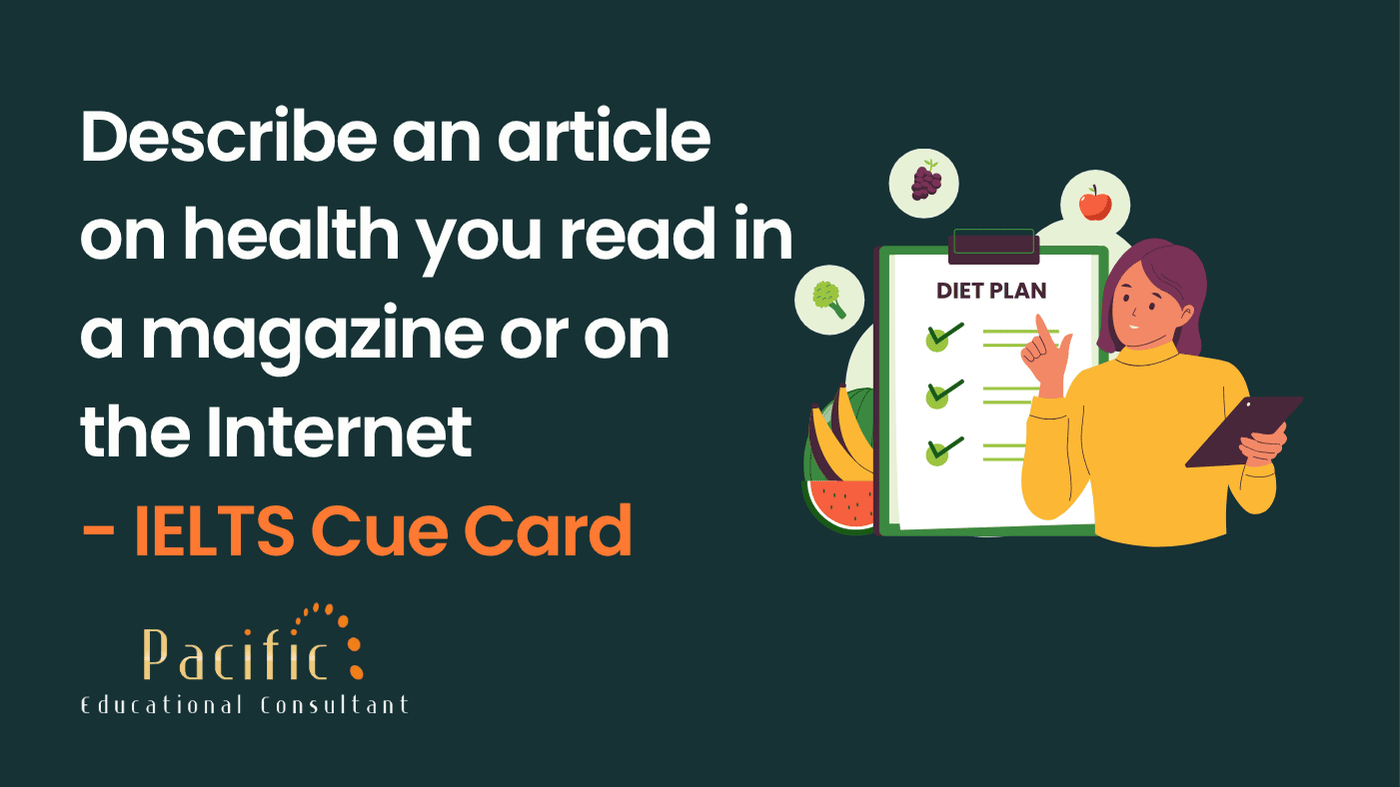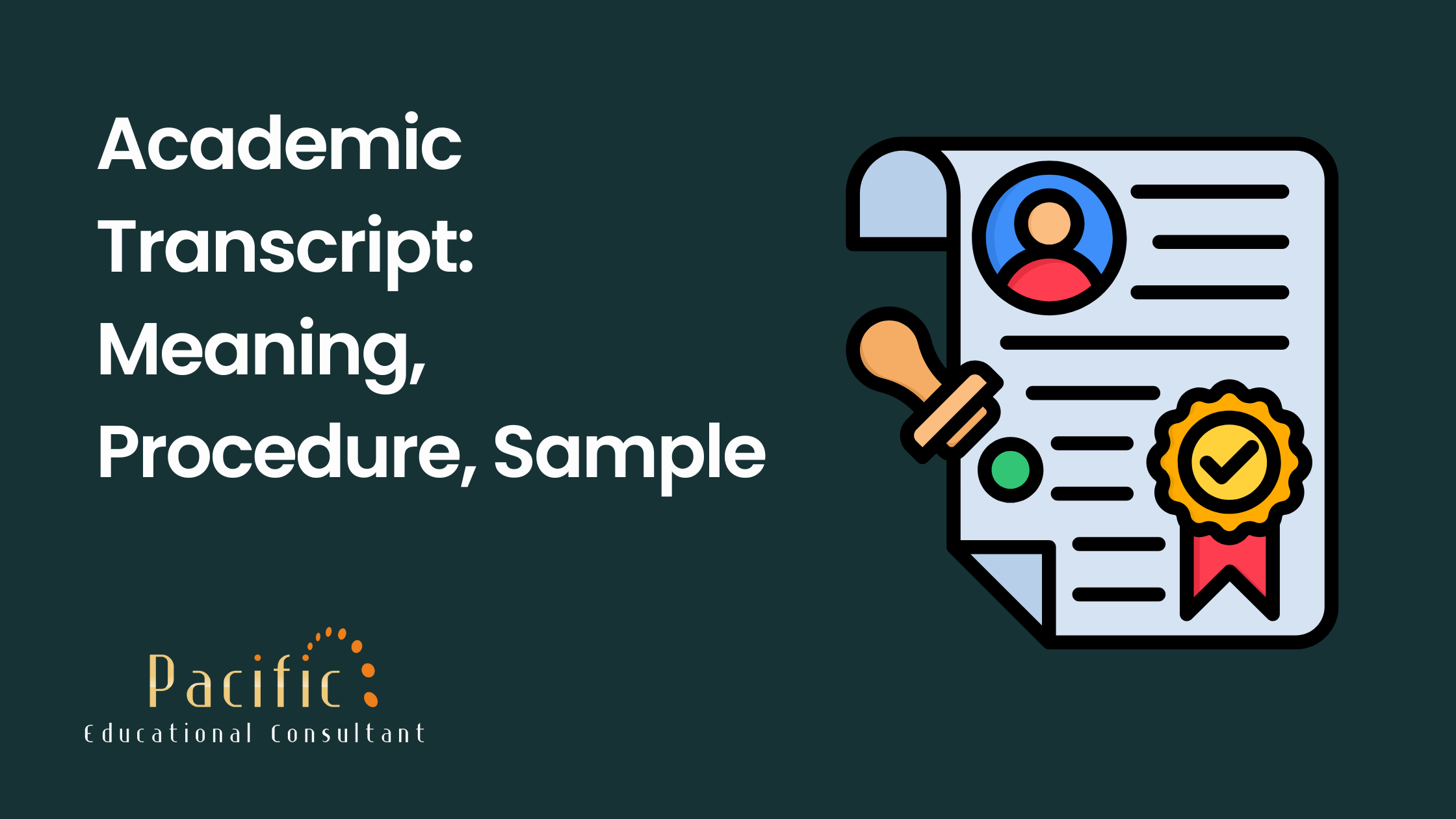


Let’s get the basics out of the way. The Duolingo Writing Sample is part of the Duolingo English Test (DET), typically presented at the end of the test. While this section isn’t scored, it’s still super important. Why? Because it's sent to universities or institutions along with your scores—so it's a reflection of your real-world English writing skills.
Here’s how it works:
Time Limit: You have 5 minutes to respond to a prompt.
Word Count Recommendation: Aim for 80–120 words.
One Chance Only: You can’t go back to edit after submitting.
Prompt Style: The questions are open-ended, often asking your opinion or a description of an event or topic.
It’s like a mini-essay that says, “Hey, I can write clearly, fluently, and formally when I need to.”
Okay, let’s clear the air: the Writing Sample is not graded numerically like other sections. But that doesn’t mean it’s not judged. Universities and evaluators look for a few key elements:
✅ Clarity – Is your message easy to understand?
✅ Coherence – Are your ideas logically organized?
✅ Grammar & Spelling – Did you avoid silly mistakes?
✅ Vocabulary Usage – Are you flexing your lexicon, or playing it safe?
✅ Tone – Is your tone appropriate for an academic audience?
Even though there's no score, a sloppy Writing Sample can reflect poorly on your application. So, you want to impress. The writing is your voice, and it speaks volumes.
Want to make your response pop off the page (or screen)? Here are some strategies used by top scorers:
Take 30 seconds to mentally outline:
Your main idea
Two supporting points
A quick conclusion
Flow is key! Use transitions like:
Firstly, additionally, in contrast, finally
Sprinkle in a few high-level words—just don’t go overboard. SAT-level words like obfuscate, plausible, or substantiate can elevate your tone, if used naturally.
Mix short, punchy lines with longer, more complex structures. This boosts readability and burstiness.
Give yourself 30–45 seconds at the end to scan for:
Spelling errors
Repetitive language
Punctuation issues
Response: One of the most unforgettable trips I’ve taken was to Kyoto, Japan. The city’s serene temples, vibrant street markets, and breathtaking cherry blossoms left an indelible mark on me. What truly made the journey exceptional, however, was the kindness of the locals. They went out of their way to help us navigate unfamiliar areas. From the traditional tea ceremonies to the cultural etiquette, every moment offered a profound lesson in humility and respect. This trip not only expanded my worldview but also deepened my appreciation for different cultures and ways of life.
Why it works: It’s descriptive, well-organized, uses advanced vocabulary (indelible, profound), and has a clear emotional tone.
Response: While both environments offer benefits, I generally prefer working in a team. Collaborating with others introduces diverse perspectives, often leading to innovative solutions. For example, during a recent group project, one teammate proposed an idea I hadn’t even considered, and it ended up becoming our project’s centerpiece. Moreover, team settings help refine interpersonal skills, such as communication and conflict resolution. Of course, independent work fosters focus, but the synergy of teamwork often leads to more dynamic results.
Why it works: Balanced argument, real-life example, advanced phrasing like synergy, dynamic results.
Some pitfalls are easy to fall into—don’t let them sabotage your score-free (but high-stakes) sample.
❌ Too Short (<50 words) – Not enough to show your skills.
❌ Poor Structure – Jumping from idea to idea without transitions.
❌ Basic Vocabulary – Overuse of words like good, nice, very.
❌ Too Informal – Avoid slang or overly casual tone.
❌ Spelling and Grammar Errors – These scream carelessness.
✅ Pro Tip: Paste your response into Grammarly or Hemingway Editor during practice sessions to catch common issues.
Even if this section isn’t scored, writing like a 120+ scorer will boost your confidence and wow the admissions team.
Here’s how:
Use conditional sentences:
If I had more time, I would explore this topic further.
Use relative clauses:
The museum, which was built in the 18th century, is a local landmark.
Incorporate advanced vocabulary:
Words like meticulous, inevitable, resilient, and facilitate can help elevate your tone.
Modal verbs and passive voice (when appropriate):
This could be interpreted differently depending on the context.
Figurative language (sparingly):
Her determination was a lighthouse during the stormy seas of uncertainty.
Tick-tock, you’ve got 5 minutes. Here’s a foolproof breakdown:
0:00–0:30 sec – Analyze the prompt + brainstorm.
0:30–3:45 min – Write your response.
3:45–5:00 min – Proofread and polish.
⏱️ Bonus tip: Practice writing 120-word responses in 4 minutes daily. This builds speed and confidence.
A. Aim for 80–120 words. It’s the sweet spot—long enough to show depth, short enough to stay concise.
A. Nope! You get one shot. Plan and proofread before clicking submit.
A. There’s no official one, but under 50 words? Risky.
A. Absolutely. Accuracy matters—even if the section isn’t scored.
A. Use prompts, simulate test timing, and study high-scoring samples.
A. Nope—it’s all typed. Focus on typing fluency and accuracy.
A. Yes, but keep a balanced tone—don’t go too casual.
A. Both are fine, just stay consistent.
A. Try not to. Overwriting can muddy your message.
A. No. Write in paragraph form to show full-sentence mastery.
A. Definitely. It impacts clarity and flow.
A. Clear structure, rich vocab, varied sentence types—and review your work!
The Duolingo Writing Sample might not carry a numerical score, but it carries real weight with admissions. Think of it as a mini essay that shows off your ability to express complex thoughts clearly and fluently. With solid planning, strong grammar, and rich vocabulary, you’ll leave an impression that goes beyond numbers.
So, grab that keyboard, time yourself, and start writing like the confident language learner you are!

Describe a photo you took that you are proud of - IELTS Cue Card

Describe a time when you made a plan to do an activity with a lot of people - IELTS Cue Card

B.Sc Course in India: Eligibility, Admission, Fees, Career, Scope & List of BSc Subjects

Describe a beautiful sky you enjoyed seeing - IELTS Cue Card

UK Student Visa Maintenance Requirements & Graduate Route (PGWP) Changes — Key Updates 2025–2027

Describe an article on health you read in a magazine or on the Internet - IELTS Cue Card

TOEFL Exam Pattern, Syllabus, Test Dates, Schedule, Marks and Grades Explained

MBBS in Australia for Indian Students : Cost, Eligibility, Universities & Career Scope

Describe an intelligent person you know - IELTS Cue Card

Academic Transcript: Meaning, Procedure, Sample & Why It Matters for Students